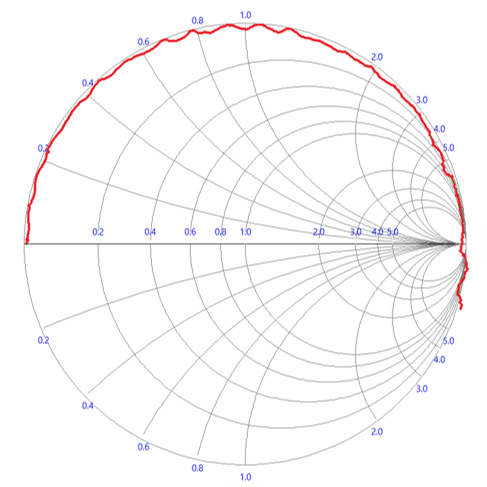About Us
Expertise in Antennas and RF
Phase-accurate Non-connectorized Impedance Measurements on PCB
Dicaliant founder Dr Jaakko Juntunen has worked a quarter of a century in several professional Electronic Design Automation (EDA) software companies, solving a great variety of customer RF design problems. The last decade Dr Juntunen has worked exclusively with antenna matching and optimization issues.
With this background, Dicaliant is your competent partner for elaborating antenna measurement and matching circuit design issues!
The Key to Perfect Matching




When working with many customers over the years, Dicaliant founder Dr Jaakko Juntunen discovered a repeating pattern hampering productive use of simulators in real antenna matching: the impedance measurement reference plane was either poorly characterized or in wrong place.
Navigating the Challenges of Antenna Impedance in RF Design
When it comes to RF devices, antennas stand out with a unique challenge: their impedance vary wildly. Unlike filters or amplifiers, which seamlessly integrate into a 50 Ohm environment, antennas typically present a more complex scenario. Positioned as the final link in the RF chain, an ideal antenna offers a 50 Ohm load to the preceding chain. However, reality often differs, as various factors—such as the PCB design, antenna location on the board, and the product enclosure or mounting—affect the antenna’s impedance.
This variability means that off-the-shelf antenna modules perform optimally only in reference designs. Once you step into actual implementation, the need for a case-dependent matching network becomes apparent. This ensures that the antenna’s impedance aligns with the rest of your RF system, optimizing performance and reliability. Understanding these nuances is key to successfully integrating antennas into your RF designs.

Tackling Pigtail Calibration Challenges in Impedance Measurements
In the realm of antenna design, precision in measurement is crucial. Designers often employ “pigtails” to ensure precise cable placement at specific PCB locations. However, a key challenge arises: calibrating or deembedding the pigtail itself. This involves transforming the measurement reference plane from the SMA connector to the tip of the pigtail.
While Vector Network Analyzers (VNAs) offer a “port extension” feature—a method to compensate for pigtail delay based on an open circuit measurement—this approach assumes the pigtail is a uniform transmission line, which it is not. Consequently, port extension is only reliably accurate up to 1 GHz. Pushing this method to 2.5 GHz, let alone higher frequencies, can lead to inaccurate measurement data, which misleads subsequent analysis and diverts outcomes from expectations.
To put it in short: accurate calibration is crucial when working with high-frequency signals.
Enhancing Precision with Dicaliant Calibration Kits
To overcome these hurdles, Dicaliant has developed a specialized calibration kit for open-ended pigtails. Accompanied by a dedicated measurement sequence, this kit ensures the precision needed for designs up to 8.5 GHz.
